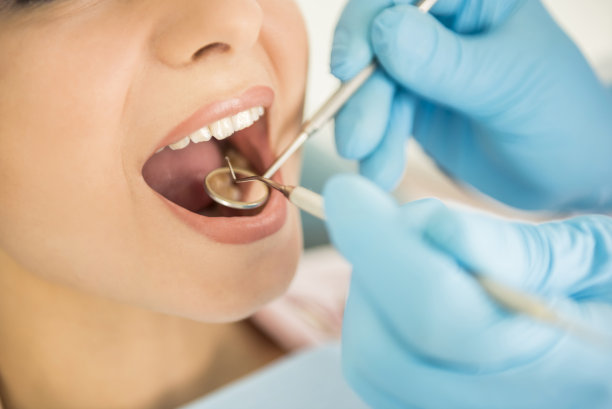The Essential Guide to Understanding Why You Might Need to Extract a Tooth and What to Expect During the Procedure
Summary: Tooth extraction is often necessary for various dental health reasons. This essential guide explores the primary reasons why a dental professional might recommend this procedure, such as severe decay, overcrowding, or infection. Additionally, the article outlines what patients can expect during the extraction process, including pre-operative assessments, anesthesia options, and post-operative care. By understanding these factors, individuals can approach tooth extraction with greater confidence and awareness. It is crucial to know that while tooth extractions are common, they require professional evaluation and care to ensure optimal outcomes.
1. Common Reasons for Tooth Extraction

Tooth extraction is frequently recommended for several dental health issues. One of the most common reasons is severe tooth decay, where a cavity has progressed so extensively that the tooth cannot be saved. In such cases, the damaged tooth may cause pain, infection, and further oral health complications if not removed.
Another essential reason for extraction is overcrowding. In some instances, patients may require orthodontic treatment to align their teeth correctly. To achieve this, certain teeth must be extracted to create adequate space for proper alignment.
Furthermore, tooth extractions may become necessary when a tooth suffers from periodontal disease, which is an infection of the gums that can affect the surrounding bone structure. If the infection is severe and the tooth is at risk of falling out, extraction becomes a prudent option to preserve overall dental health.
2. Preparing for the Extraction Procedure
Preparation for a tooth extraction involves an initial consultation with a dentist or oral surgeon. During this meeting, patients will undergo a thorough examination, which may include X-rays to assess the affected tooths condition and its surrounding structures. This evaluation is crucial in determining the complexity of the extraction procedure.
Patients will also be advised on any medications that may need to be adjusted prior to the procedure, particularly if they are on blood thinners or other medications that could impact bleeding. Clear communication regarding allergies and medical history is essential to ensure a safe and effective extraction.
Moreover, patients need to understand the anesthesia options available. Depending on the complexity of the extraction, local anesthesia may suffice, or sedation may be recommended to ensure a comfortable experience. Discussing these options with the dental provider helps prepare patients for what to expect on the day of the procedure.
3. What to Expect During the Extraction
On the day of the extraction, patients will receive anesthesia to numb the area around the tooth. This step is crucial to ensure that the procedure is as pain-free as possible. Patients may feel pressure during the extraction, but no sharp pain should be experienced.
The actual procedure may vary based on the tooths position and the complexity involved. A simple extraction involves loosening the tooth with specialized tools and then gently removing it. Conversely, a surgical extraction may be needed for teeth that are impacted or not fully erupted, which involves incisions and may require stitches.
Throughout the extraction process, dental professionals will monitor the patient’s comfort levels and adjust techniques as necessary. Once the tooth is removed, the dentist will provide instructions on how to promote healing and manage any discomfort or swelling that may arise post-procedure.
4. Post-Extraction Care and Recovery
After the extraction, proper post-operative care is vital for a smooth recovery. Patients will typically be advised to bite down gently on gauze for up to an hour to help stop any bleeding. Rest is essential, particularly during the first 24 hours, and physical activity should be limited.
Patients may experience some discomfort or swelling in the days following the extraction, which can usually be managed with over-the-counter pain relievers and ice packs. Avoiding certain foods and beverages, particularly those that are hot, spicy, or hard, is advisable to prevent irritation at the extraction site.
Follow-up appointments may be necessary to monitor the healing process, especially if stitches were used. Adhering to the dentists post-operative instructions is essential for ensuring complete recovery and preventing complications such as dry socket, an issue that can arise if the blood clot becomes dislodged from the extraction site.
Summary:
In conclusion, understanding the necessity of tooth extraction and the procedures involved can ease anxiety and lead to better outcomes for patients. From the reasons behind the extraction to the detailed process and recovery expectations, being informed is crucial for anyone facing this dental procedure. Always consult with a qualified dental professional for personalized advice and care.
This article is compiled by Vickong Dental and the content is for reference only.



